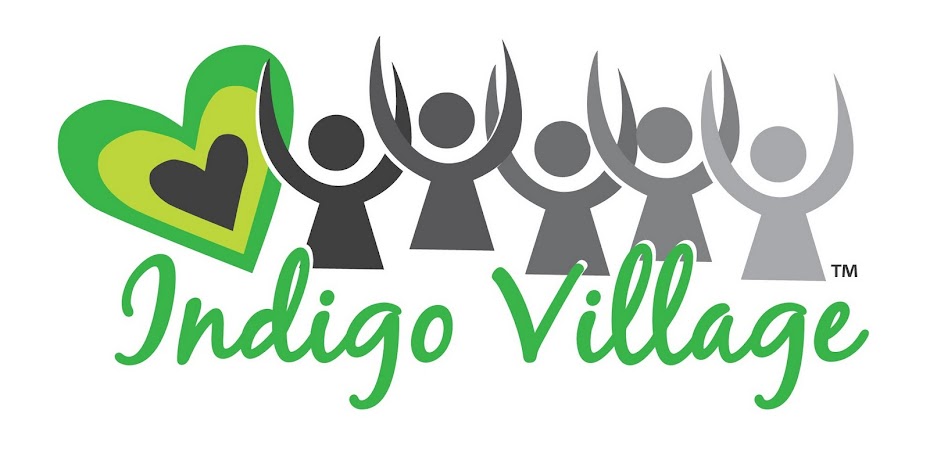In my 20 years of teaching, there are a few distinctively “Susie” things that you will always hear me say. Whether I am teaching, coaching or speaking to groups of educators, there are usually a handful of quotes that relate well to my philosophies around parenting.
“It Takes a Village to raise a child” by Mother Teresa is one of them. Another fact that I love to tell parents is, “Over 95% of what our kids learn is by what they are modeled.” Now this last fact can be rather intimidating for a lot of parents. My generation, along with others, have been brought up to believe in the old adage “Do as I say, not as I do.” but this simply does not work when it comes to parenting. Even more intimidating is when this rule applies to teaching your children about feelings and how to handle emotions.
Let’s face it, most of us parents aren’t comfortable with our own feelings. It’s one thing to teach your kids how to brush their teeth and it’s another to teach them about feelings. That being said, it poses a very important question, “How do you, as a parent, model what it looks like to have feelings and handle emotions?”
When children start to develop their feelings, they experience the whole spectrum of feelings. Happy, sad, hurt, excited, jealous, etc. Parents usually don’t mind when their child is experiencing happy feelings. In fact they will go to great lengths to ensure their child’s happiness. Know that this is a natural reaction to want to “protect” your child from these “bad” feelings but you may be doing more harm than good.
Feelings are feelings. They aren’t right or wrong, just feelings. When children are feeling anything but good, parents will often think there is something wrong with their child or want to fix them. When in reality, they are just feeling and actually there is no need to move them out of the feeling unless they are harming themselves or others because they haven’t learned how to express it in a healthy way. One of the best things you could do for your child is to let them experience the whole spectrum of feelings, from happiness to sadness, joy to anger. There are two things that you’ll want to take into consideration here. One is how you can model feelings for your child and the second is guiding your child to manage their own feelings.
A somewhat typical example of modeling feelings for your child would be if you came home from a long and hard day at the office. You could get angry and start yelling at your significant other and/or children. This would in turn be modeling for your kids that when we are upset, it’s okay to yell. Instead, what you could try is coming home and saying to your family, “I’ve had a really hard and stressful day at work and I’m feeling grumpy. I’m going to take a bath or go for a run so that I can take care of myself.” This allows you the opportunity to model for your kids that feeling grumpy is okay. It also models for them what it looks like to take care of themselves.
The second would be guiding your child on how they can start to manage their own feelings. If your child is visibly angry and hits his sister, you might say, “I can see that you’re really mad right now and it’s not okay to hit your sister. What would be another way you could let her know that you’re angry without hitting her?” If the child persist then you might say, “What do you need to take care of yourself right now?”
These questions will guide your child to healthier, alternative ways that they can start to express their feelings and emotions. When we talk our kids out of their feelings, we are taking away a beautiful opportunity for them to grow and learn. As parents, we want to give our kids every advantage in life. This includes allowing them to feel all their emotions. It’s where they develop their love, resilience, passion and understanding but it starts with you.
There are a lot of wonderful tools out there from books to courses for parents who are struggling to model/teach their children about feelings. Some of the tools that I offer are the Redirecting Children’s Behavior (RCB) classes for parents and children along with my “Key To Personal Freedom” course. In addition, there are personal development courses for adults such as the “Freedom to Be” Course and the “Remembrance Course” offered through the Indigo Village website. For more information on these classes, you can visit www.indigovillage.com for details.
